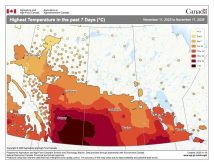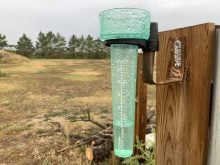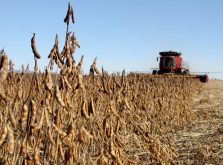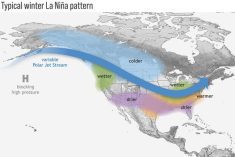In a previous issue we discussed what type of winter we might expect given the current La Nińa conditions over the Pacific Ocean. Now that winter is just around the bend, climatologically speaking, I thought we should revisit our previous La Nińa winter forecast and see just what the latest and greatest long-range forecasters are actually calling for this winter.
Before we jump into that discussion we have to take a bit of time and look back at September 2010 to see how this year’s weather numbers added up.
Read Also
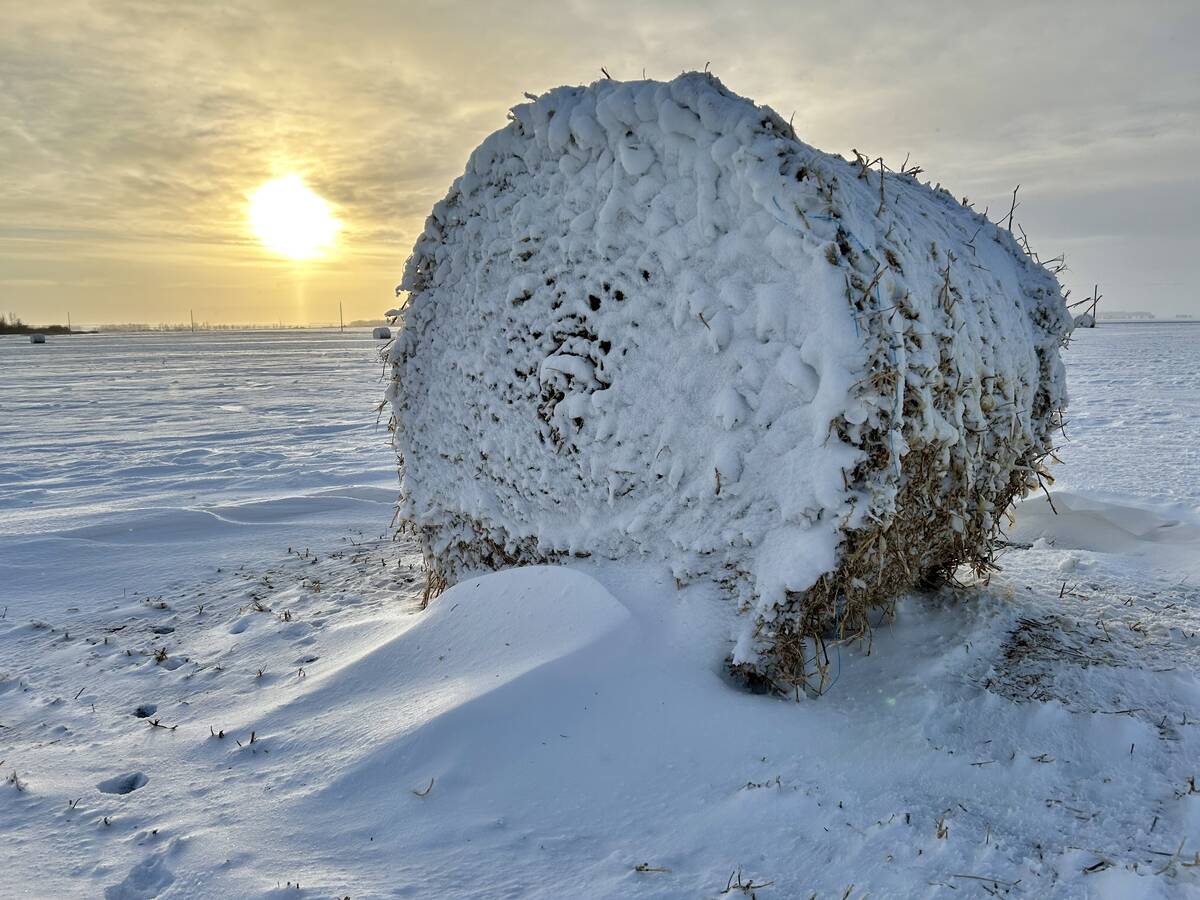
Prairie winter snowfall forecast 2025-2026
How much snow should farmers in Alberta and elsewhere on the Canadian Prairies expect for the rest of December 2025 and into January-February 2026?
If we were to compare September 2010 to the same month one year ago, well, you just couldn’t do it, really! September 2009 turned out to be one of the warmest and driest Septembers ever, while this year things couldn’t have been more different. I think there is only one way to sum up September 2010, and that would be cool and damp. There wasn’t much in the way of nice warm sunny days and just when you though the warm weather was here to stay, rain moved in and everything just got wet and cool once again.
When all the numbers were added up for September, all of our main regions had temperatures one to two degrees below the long-term average. Precipitation for western and northern regions came in near to slightly below average, while more southern regions saw near-to even above-average rainfall. With the cool and cloudy conditions during the month, evaporation was on the low side, making most regions feel wetter than they actually were.
October forecast
Looking ahead to see what our long-range forecasts are calling for October we see that Environment Canada is calling for near-to above-average temperatures along with below-average amounts of precipitation. Over at theOld Farmers Almanac they are also calling for above-average temperatures and below-average precipitation. The good folks at theCanadian Farmers Almanacare bucking the trend, with a call for below-average temperatures during October along with above-average precipitation.
Finally, here atAlberta Farmer, I am calling for a continuation of our current nice warm weather, at least until the middle of the month. This should result in above-average temperatures overall for the month, along with below-average precipitation.
Long range
Now, with October taken care of, let’s look ahead to see if our long-range forecasters agree with our previous winter outlook based on a La Nińa winter.
Over at Environment Canada they are calling for a mild, dry start to the winter with a slow transition to colder and wetter conditions as winter wears on.
If we take a look over at the Old Farmers Almanacwe find that they are not as optimistic as Environment Canada. They are
This map shows the departure from the average precipitation during September across the Prairies. While we didn’t see some of huge amounts of rain we saw earlier this year, most regions did report above-average amounts.
calling for colder-than-average temperatures from November all the way through to February. Along with the cold weather they are calling for above-average precipitation in November and December, with drier conditions moving in for January and February.
TheCanadian Farmers Almanac is always a tough one to figure out. In their general forecast for the winter they seem to be leaning towards warmer-than-average conditions across the Prairies, with near-average precipitation in the central Prairies and above-average amounts in the extreme eastern and western parts. A problem with this general outlook appears when you look at their more detailed monthly forecasts for the winter months. In these forecasts they never mention mild conditions, only fair or chilly conditions. They also seem to be forecasting heavy snow or stormy weather every couple of weeks – hardly a forecast for near-average precipitation.
Last but not least, my winter forecast is going to lean towards our earlier La Nińa winter forecast that called for a cold and snowy winter over the eastern Prairies and a warmer-and drier-than-average winter from Saskatchewan westwards.




